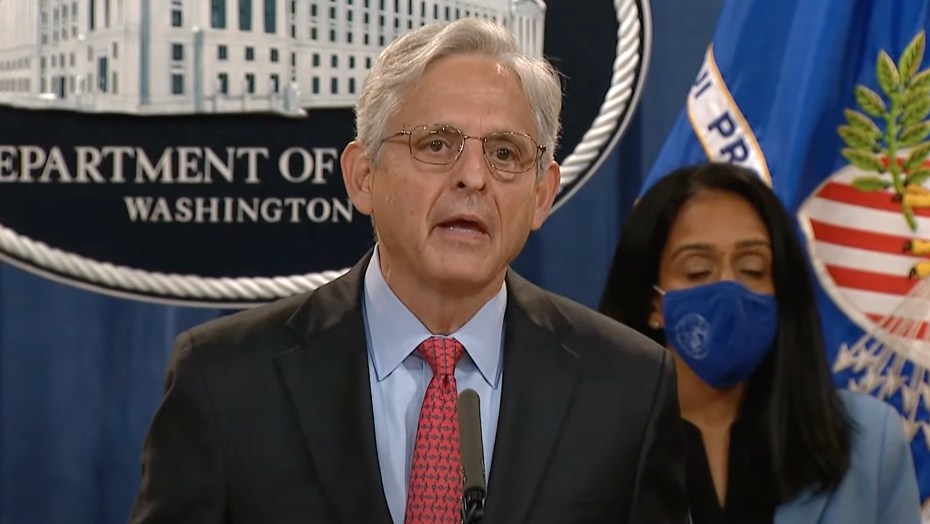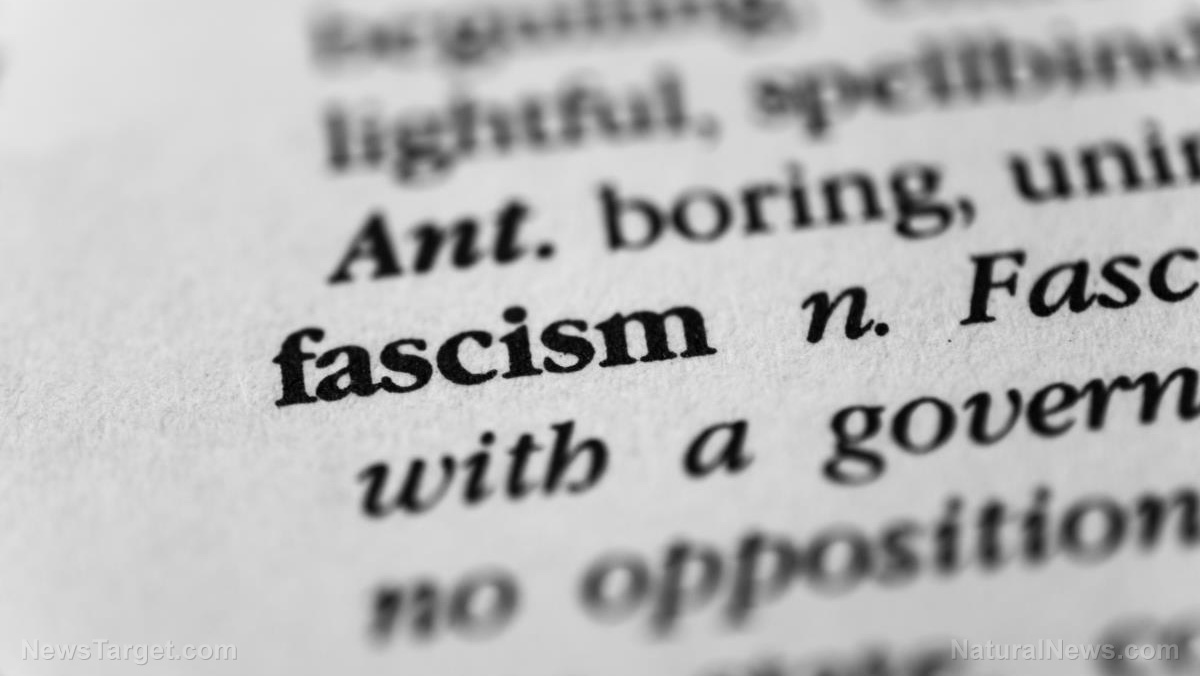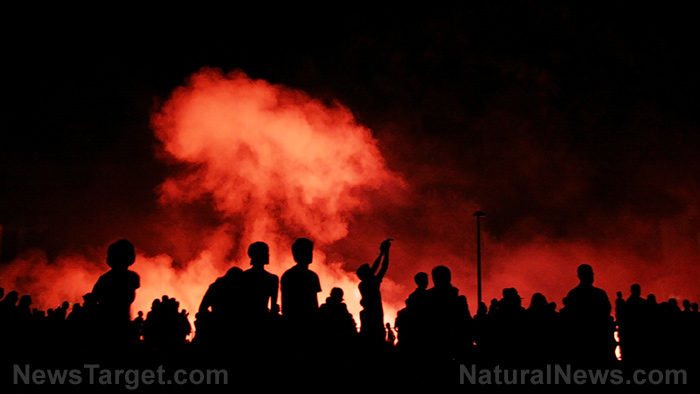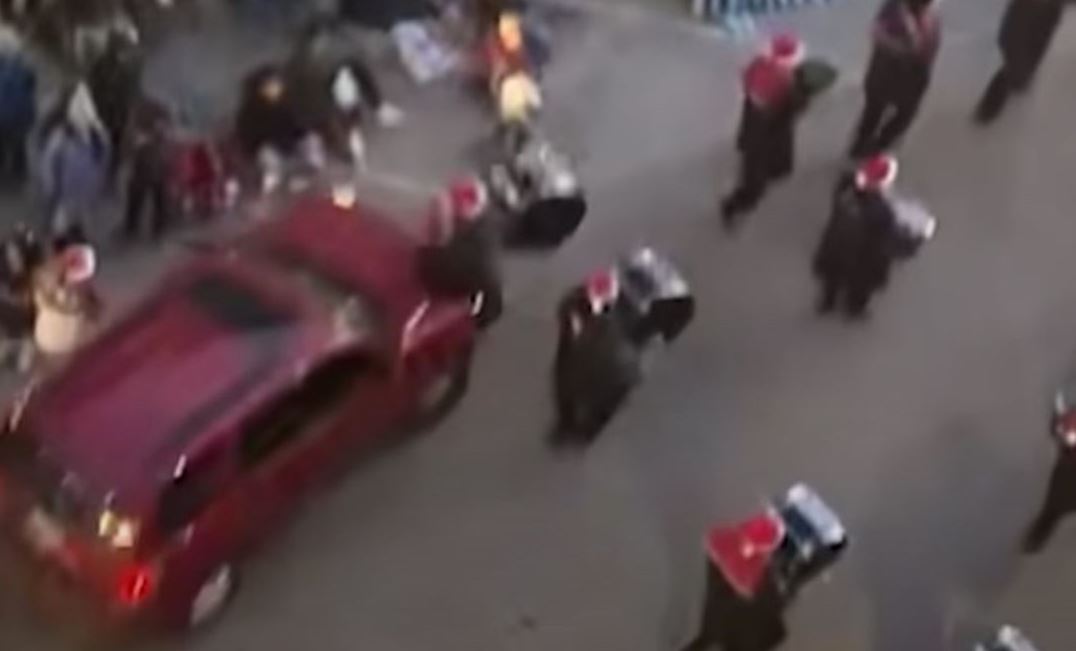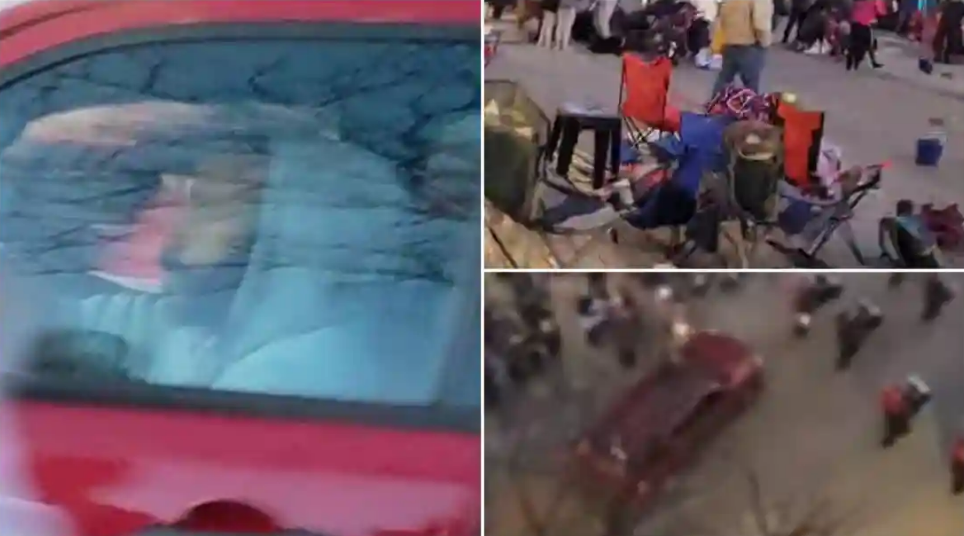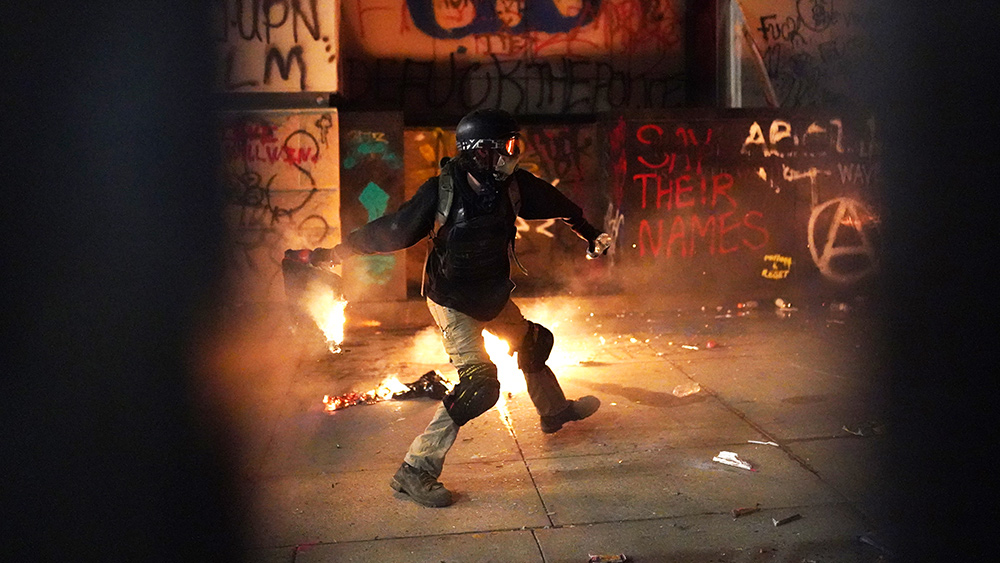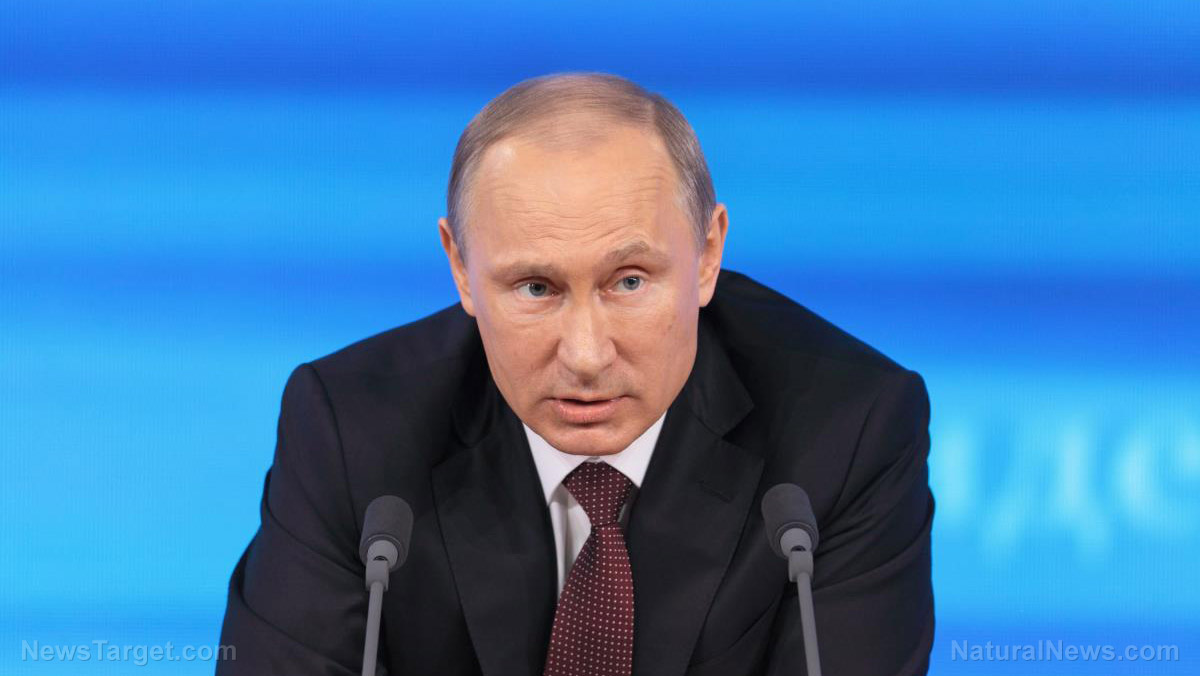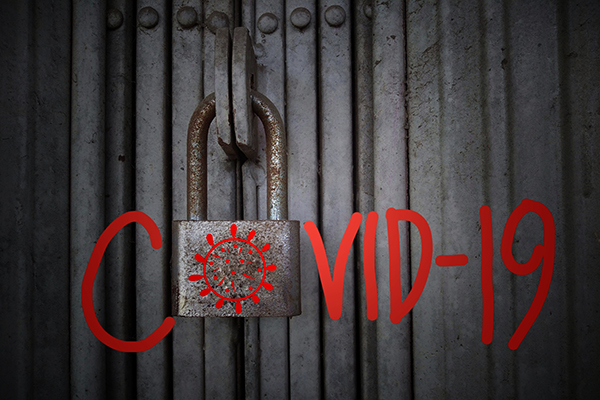NYT discovers crime wave but goes silent on Black Lives Matter’s role
01/11/2021 / By News Editors
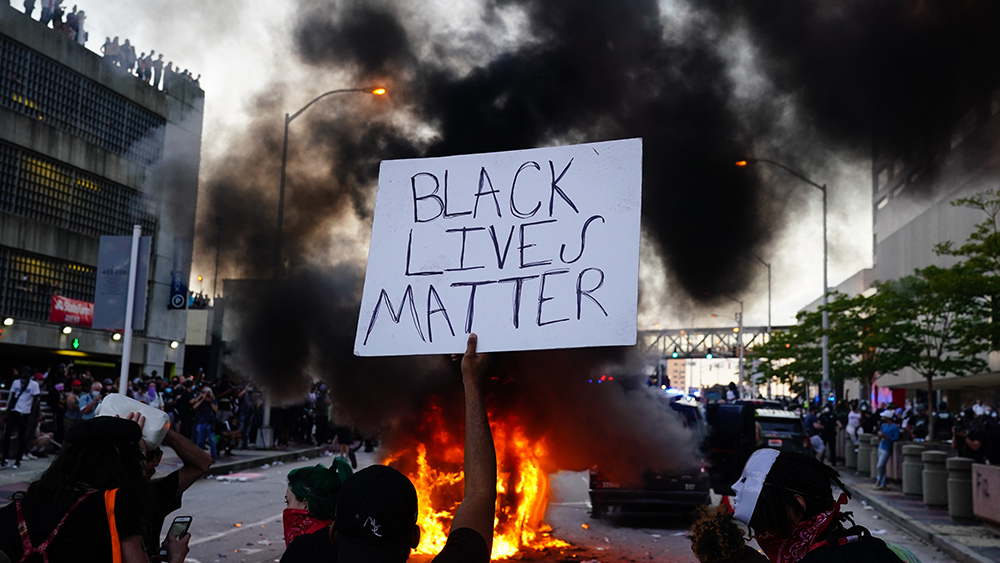
The New York Times this past weekend decorated a chunk of its Web site with an emotive snapshot of social disruption on Cleveland’s east side. But the yarn had a big fat hole in it.
(Article by Bob McManus republished from NYPost.com)
The story described a high state of angst among east siders resulting from sustained “gunfire and car crashes” caused in turn by “the combined impact of the pandemic and the recession that have battered the country.”
No doubt this is true, as far as it goes. But it doesn’t go nearly far enough.
The auto accidents are described in some detail (“cars have crashed into a corner grocery store, a home and a beloved local diner”), but the gunplay gets short shrift.
“The Cleveland police reported six homicides in one 24-hour period in November,” the Times reported, which is both appalling and quite true. But here appears the hole in the story: That bloodbath was part of a seven-day shooting binge that took 15 lives — adjusting for population differences, the equivalent of 330 New Yorkers shot dead in the streets over a single week.
The November slaughter brought the city’s 2020 homicide total to 168 (3,700, adjusted), a hair’s breadth closer to its record, 175 (3,850) in 1991. Clevelanders are anxious? You think?
Now the narrative gap grows: While Cleveland may indeed have been battered by the “combined impact of the pandemic and the recession,” it’s also true that the city has been swamped by the same wave of violent crime that has broken over urban America generally since the spring: after George Floyd died in police custody in Minneapolis; after riots rocked the nation; and after a pernicious anti-policing movement began to gain traction in big cities nationwide.
The Times failed even to hint at this, a very big fail, indeed, in a news story dedicated to detailing social disorder in a major US city.
For months, the Gray Lady has offered sympathetic, if not outright promotional, coverage of Black Lives Matter-linked street violence and looting. It has engaged in #DefundThePolice agitation and championed successful efforts to intimidate urban police forces generally. And still the paper seemingly hasn’t tumbled to the clearly foreseeable consequences of such activism.
It’s certainly not just Cleveland that’s suffering. While year-end totals largely are incomplete, Minneapolis was on track for a 72 percent increase in murder compared with 2019, an apparent new high. And records, or near records, for murder were set in cities from Seattle to Louisville to Milwaukee to Philadelphia and all across New York state’s Mohawk Valley, as upstate cities struggled to cope with the effects of anti-public-safety polices handed down by Gov. Andrew Cuomo and the Legislature.
Chicago, always an abattoir, responded to a strong #DefundThePolice demand with a 55-percent hike in murders from 2019, hardly a record by any accounting, but a very disturbing, if unsurprising, trend.
Read more at: NYPost.com
Tagged Under: Black Lives Matter, BLM, cleveland, crime, media, msm, New York Times, NYT, riots, uprising, violence
RECENT NEWS & ARTICLES
COPYRIGHT © 2017 Extremism.News
All content posted on this site is protected under Free Speech. Extremism.News is not responsible for content written by contributing authors. The information on this site is provided for educational and entertainment purposes only. It is not intended as a substitute for professional advice of any kind. Extremism.News assumes no responsibility for the use or misuse of this material. All trademarks, registered trademarks and service marks mentioned on this site are the property of their respective owners.



